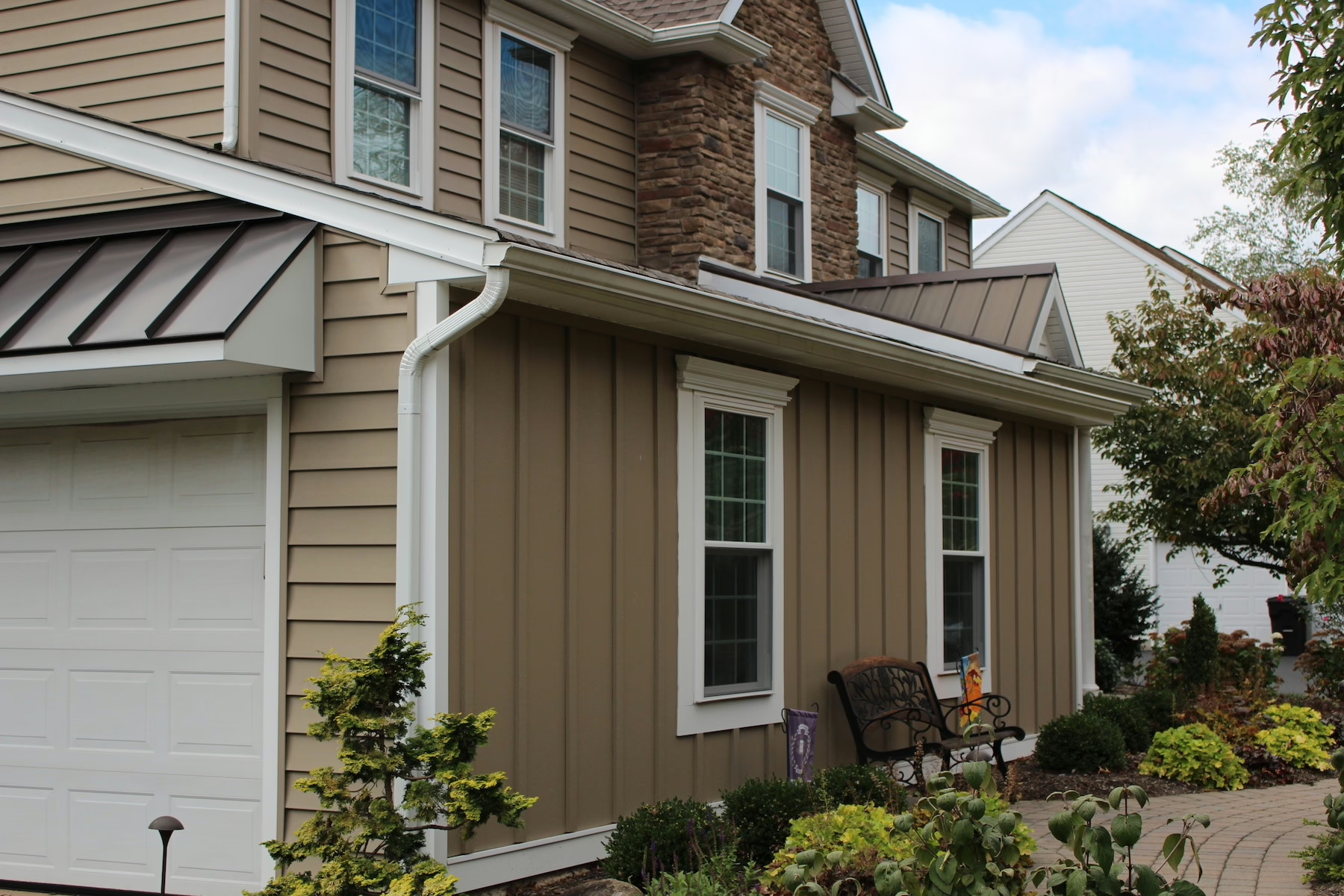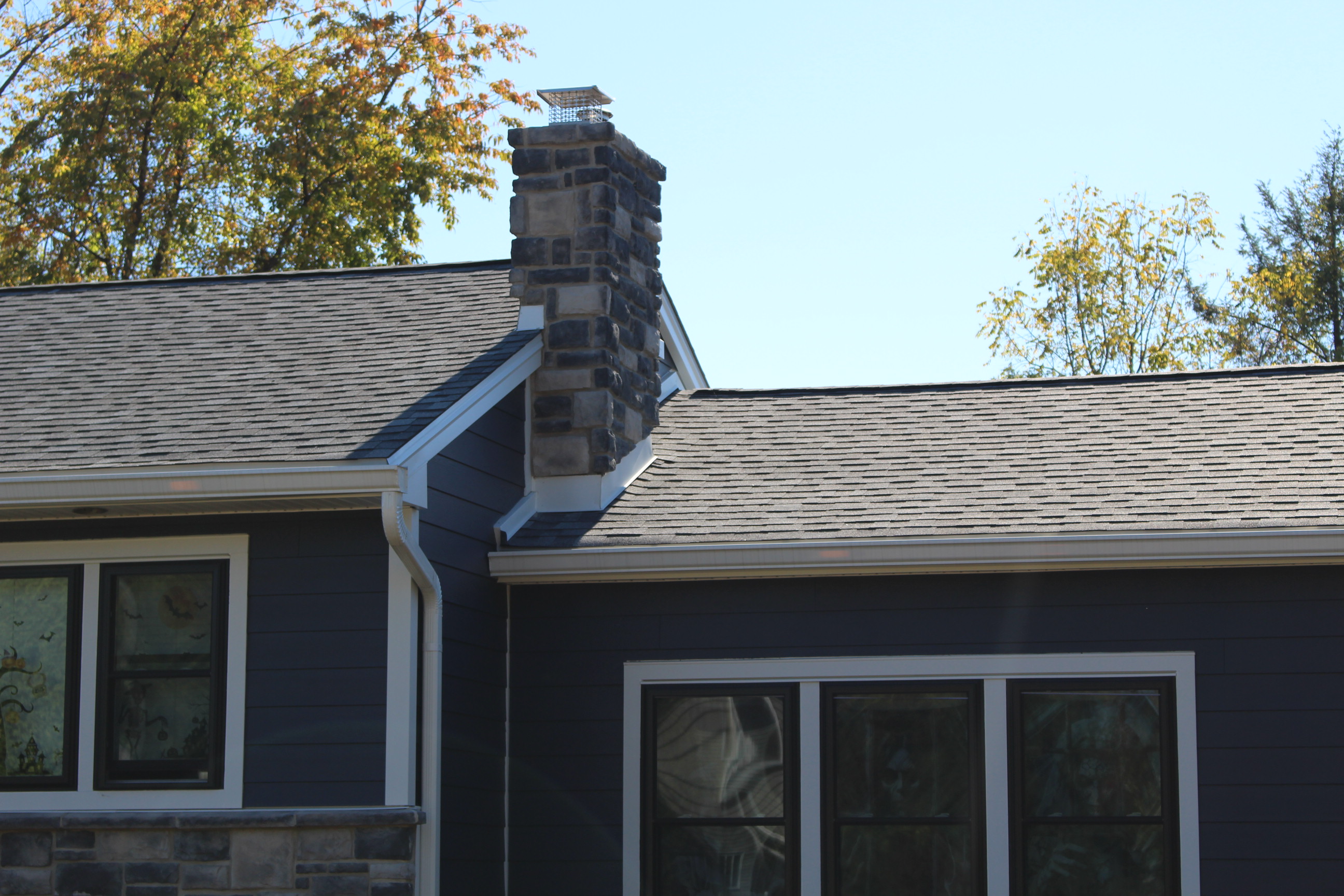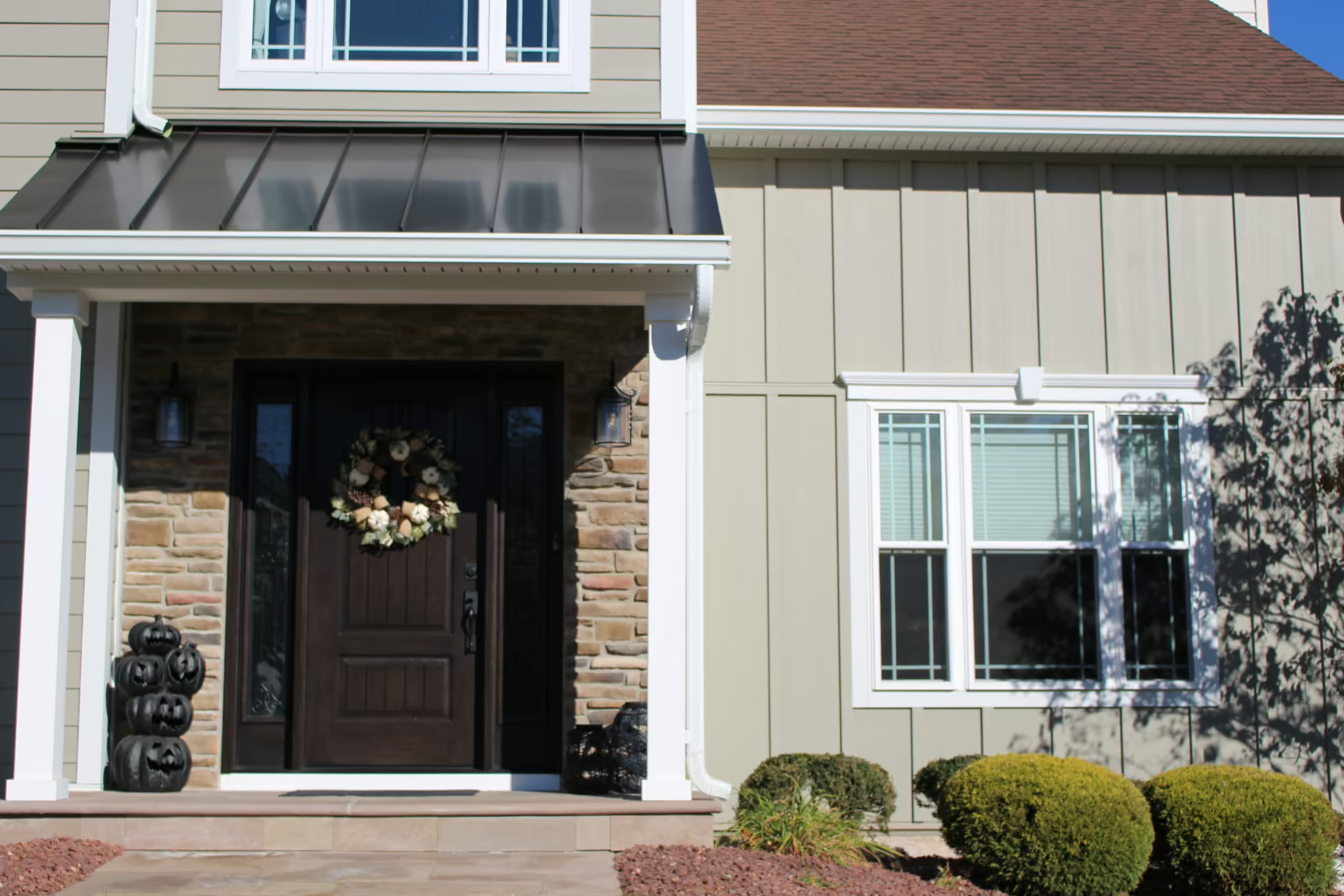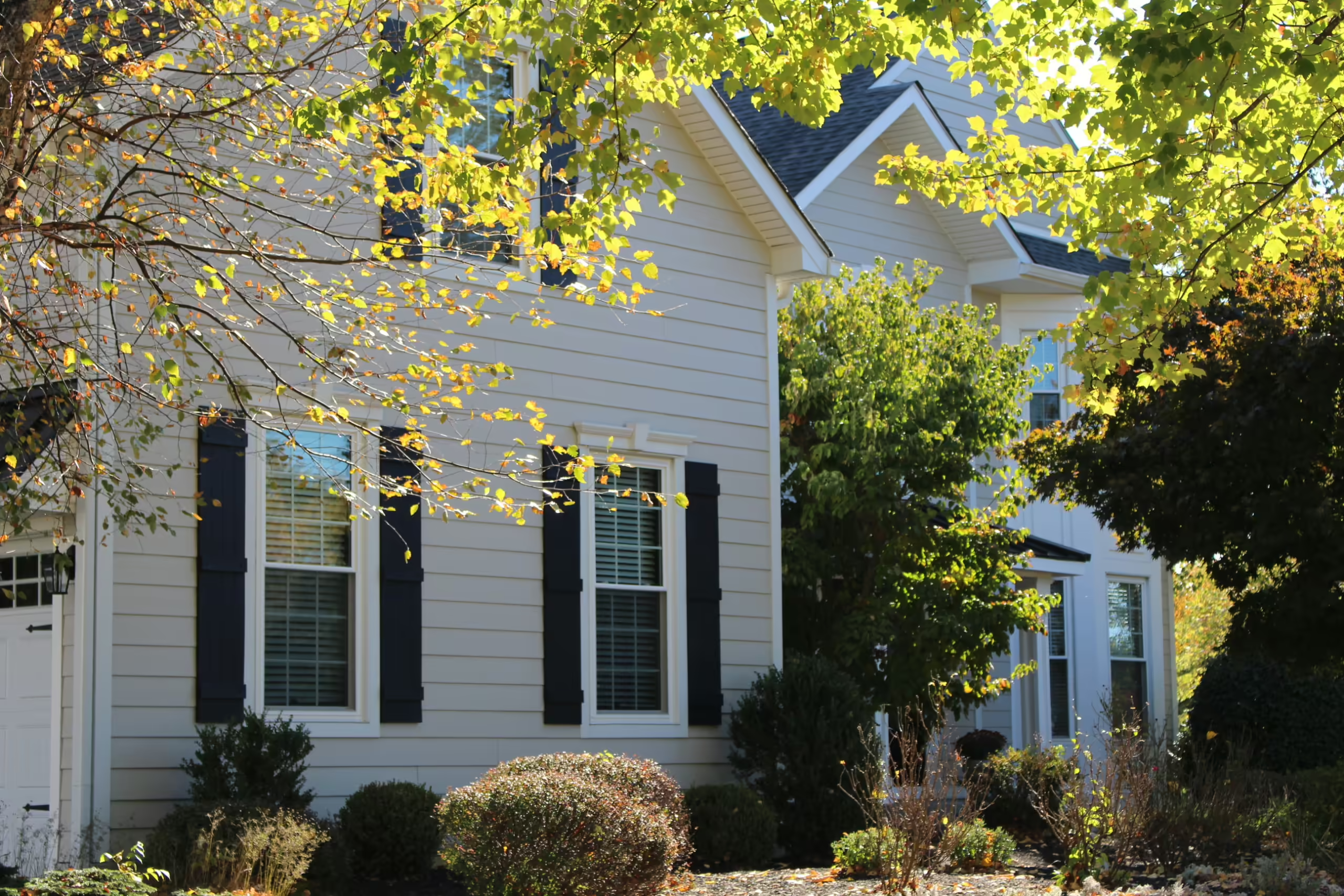If siding gets old or damaged, your home is at risk of costly problems, decreasing its curb appeal and value. When you’ll need new siding depends on what material yours is made of, how well it was installed and maintained over the years, and what type of climate it stands up against.
Read on to gain valuable insight on how to know it’s time for siding replacement.
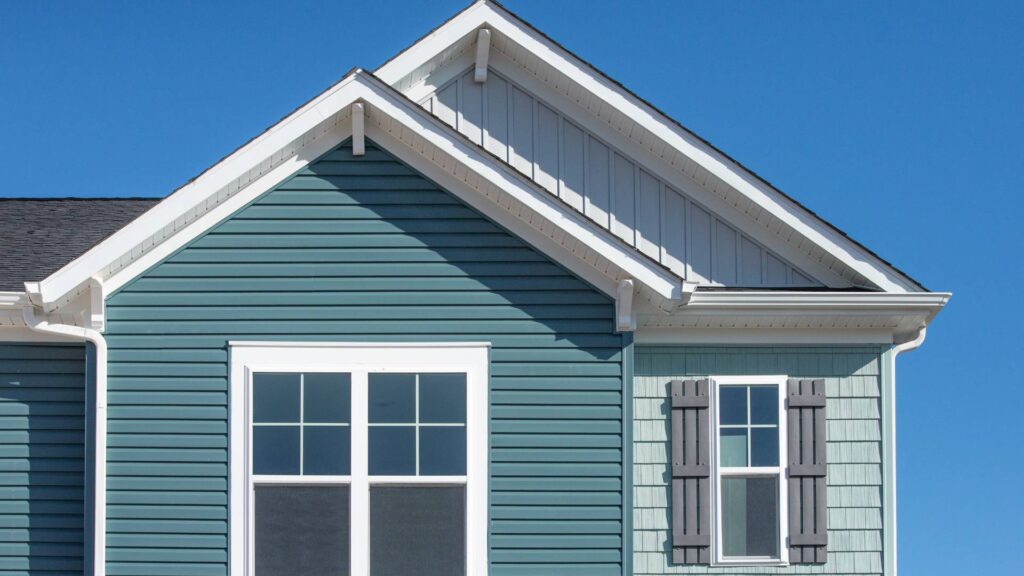
The Ultimate Guide to Home Siding
Answering Common Siding Questions
Check out this all-inclusive guide to home siding and find all the answers you need to common questions you and others have about replacement siding.
Spot the Signs That It’s Time for Siding Replacement
1. Pest infestation
If termites, carpenter ants, or other insects have invaded your current siding, it’s vital that you have them exterminated and replace your home’s protective layer promptly to avoid further damage.
Pro tip: Avoid pest infestation by choosing a new siding material that is pest resistant, such as fiber cement.
2. Mold, mildew or fungus
If you spot mold, mildew, or fungus growing out of your siding’s seams, then you’ve got moisture intrusion, and it needs to be addressed.
Pro tip: If your siding is suffering water penetration, contact a reputable siding contractor and ask for an inspection. They can help you determine if you should repair or replace your home’s defensive layer.
3. Blistered siding
Once the finish on your home siding bubbles or blisters, it’s only a matter of time before the problem spreads. It will plummet your curb appeal while making your home vulnerable to more damage. It’s critical to catch this issue when it first starts to avoid major repair expenses down the road.
Pro tip: When you replace your siding, choose a durable material with a factory applied finish that won’t blister. James Hardie’s ColorPlus Technology is a reliable product with a finish that is warrantied for 15 years.
4. Aging siding
When siding gets old, it can become more vulnerable to damage like moisture intrusion, pest infestation, woodpecker damage, and more. It often requires more maintenance and repairs as it ages, making replacement an important next step. Staying proactive with upkeep is vital to your home’s protection. For example, if your current siding becomes cracked and starts to leak, the wood behind it may begin to rot, and then both the wood and your siding will need to be replaced.
Pro tip: If your siding is reaching the end of its lifespan, contact a reputable contractor and schedule a consultation so you can begin planning for your siding replacement.
5. Visible siding damage
If your siding panels were blown off in a severe storm or are showing signs of damage such as warping, buckling, or cracking, it’s time for siding replacement. These problems decrease your home’s aesthetics and lower its overall value.
Pro tip: If your siding is only damaged in a limited area, it may be wise to simply replace those planks. However, if you have larger areas or multiple areas of damage, reach out to a reputable contractor for an assessment and ask for an estimate for siding replacement.
6. Wood rot
If your wood siding is crumbling, you have wood rot, and it’s important to have a professional contractor take a look at it swiftly. Warped, rotted siding will feel spongy if you take a screwdriver to poke the area under it. If you leave problems like this unaddressed, you’re asking for more trouble (and expense!). It can affect aspects of your home beneath your siding if you don’t deal with wood rot quickly.
Pro tip: Find the root cause of the rot and how extensive it is in order to deal with the full scope of the damage and prevent it in the future.
7. Extremely faded siding
If your siding is super faded, it may be approaching the end of its life—or it may just need to be repainted.
Pro tip: Look at your current siding material and its life expectancy to determine if you need to repaint it or replace it. As you are deciding what to do, factor in any other visible damage.
How Long Different Siding Materials Last
Your home’s current siding material, how it was installed, and its upkeep over the years will all factor into how long it will last. Here are some general guidelines of the lifespan for different materials:
Vinyl siding
Vinyl lasts up to 20 years, but can begin to show signs of aging at 10 years, so it may need to be replaced within that 10-20 year span.
James Hardie fiber cement siding
Hardie siding is known for its longevity, hence its outstanding 30-year warranty. It lasts 50 years or more depending on how well it was installed and maintained over the years. Its longevity is one of the reasons it’s so popular throughout America.
Wood siding
Wood siding may last up to 40 years, but requires tedious maintenance during its lifetime. It can need replacing as early as 15 years if water penetrates it and damage is left unaddressed.
Aluminum siding
Aluminum siding lasts between 20 and 40 years. It dents and scratches up easily because it is a softer metal. It can be susceptible to damage from hail and severe weather.
Replace Your Home’s Siding with Confidence
If your home’s siding is damaged, infested with pests, or simply at the end of its lifespan, it’s time to plan for siding replacement. There’s no need to feel overwhelmed, because you don’t have to go through the process alone. We’re here to help!

At Preferred Home Improvement, we’re a James Hardie Elite Preferred installer, so we fit your siding according to the manufacturer’s best practices, ensuring your warranty will be honored. Learn more about how our siding services can fortify your home from harsh weather and bring out its distinct beauty.
